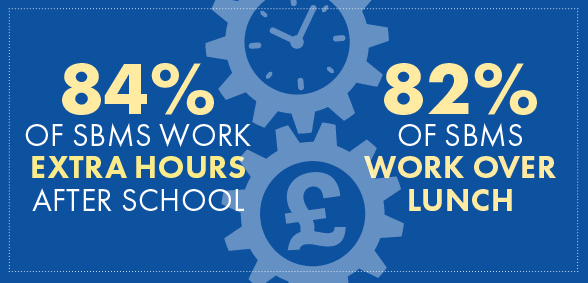
67% of SBMs see ‘comparing products or services to get the best deal’ as the greatest challenge when it comes to procurement, according to a new report on procurement in schools in England and Wales
The research, conducted by Education Executive in association with GLS Educational Supplies, lifts the lid on procurement in schools and academies, documenting the changing face of the purchasing process and the impact funding has had on how schools operate and are managed, before identifying the challenges school business managers (SBMs) face on a daily basis and examining how they can overcome these to streamline their procurement process and reclaim some time.
Smarter procurement; a practical guide to improving value and efficiency draws on existing sector research; the report considers the findings of a survey conducted by EdExec, which garnered 216 responses, representing the range of school settings and the breadth of the SBM role.
According to survey respondents, the greatest challenge when it comes to procurement is comparing products or services to get the best deal (67%) and time the procure-to-pay cycle takes to complete (21%), followed by managing the paperwork (5%), the order process (4%) and getting orders signed off (3%).
Digging deeper, the report considers the underlying reasons for this, including a shift in accountability and responsibilities and the resulting evolution of the SBM role. It also considers the levels of CPD available to SBMs who are striving to meet the growing expectations placed on them.
When it comes to procurement priorities, the survey shows that quality of product or service (85%) tops the list. The cost of the product or service (68%), the whole life cost of the product or service (47%) and the efficiency of the procurement process (30%) also ranked highly, while the environmental benefit of the product or service (12%) and the brand (3%) were lesser concerns.
As for where SBMs go for advice on suppliers, 79% said they rely on peers.
Based on these findings, the report defines a procurement process which is fit-for-purpose – a smarter procurement process – and makes some key recommendations.
You can read the full report here.
Don’t forget to follow us on Twitter, like us on Facebook, or connect with us on LinkedIn!

Be the first to comment